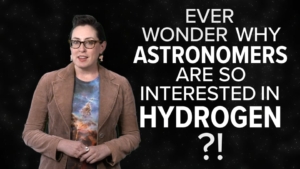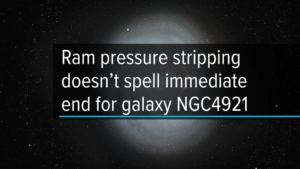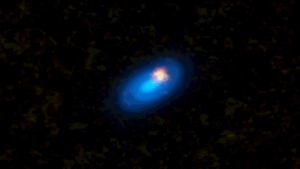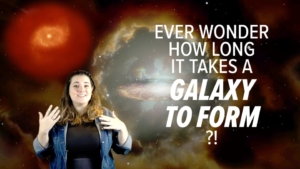

Ram pressure stripping doesn’t spell immediate end for galaxy NGC4921
Viewed face-on, Hubble Space Telescope (HST) reveals the distribution of young stars and dust in the spiral galaxy NGC4921. The galaxy is under ram pressure from its galaxy cluster, the Coma Cluster. This process is stripping gas away from the galaxy, altering its structure and the distribution of molecular gas, as traced by ALMA (seen here in red).
Eventually, ram pressure can strip away enough gas to stop the formation of new stars. The combination of data from HST and ALMA provides a 3-dimensional view of gas distribution and movement in NGC4921. Here we see that some clouds of molecular gas are actually behind the galaxy and falling back towards the host, opposite the direction of ram pressure. This re-accretion of gas can slow the strangulating effect of ram pressure on the life of the galaxy. This is the first observational evidence of the fallback process.

Young Star Elias 2-27 Gas Velocity Emissions
Using gas velocity data, scientists observing Elias 2-27 were able to directly measure the mass of the young star’s protoplanetary disk and also trace dynamical perturbations in the star system. Visible in this animation are the dust continuum 0.87mm emission data (blue), along with emissions from gases C18O (yellow) and 13CO (red).








